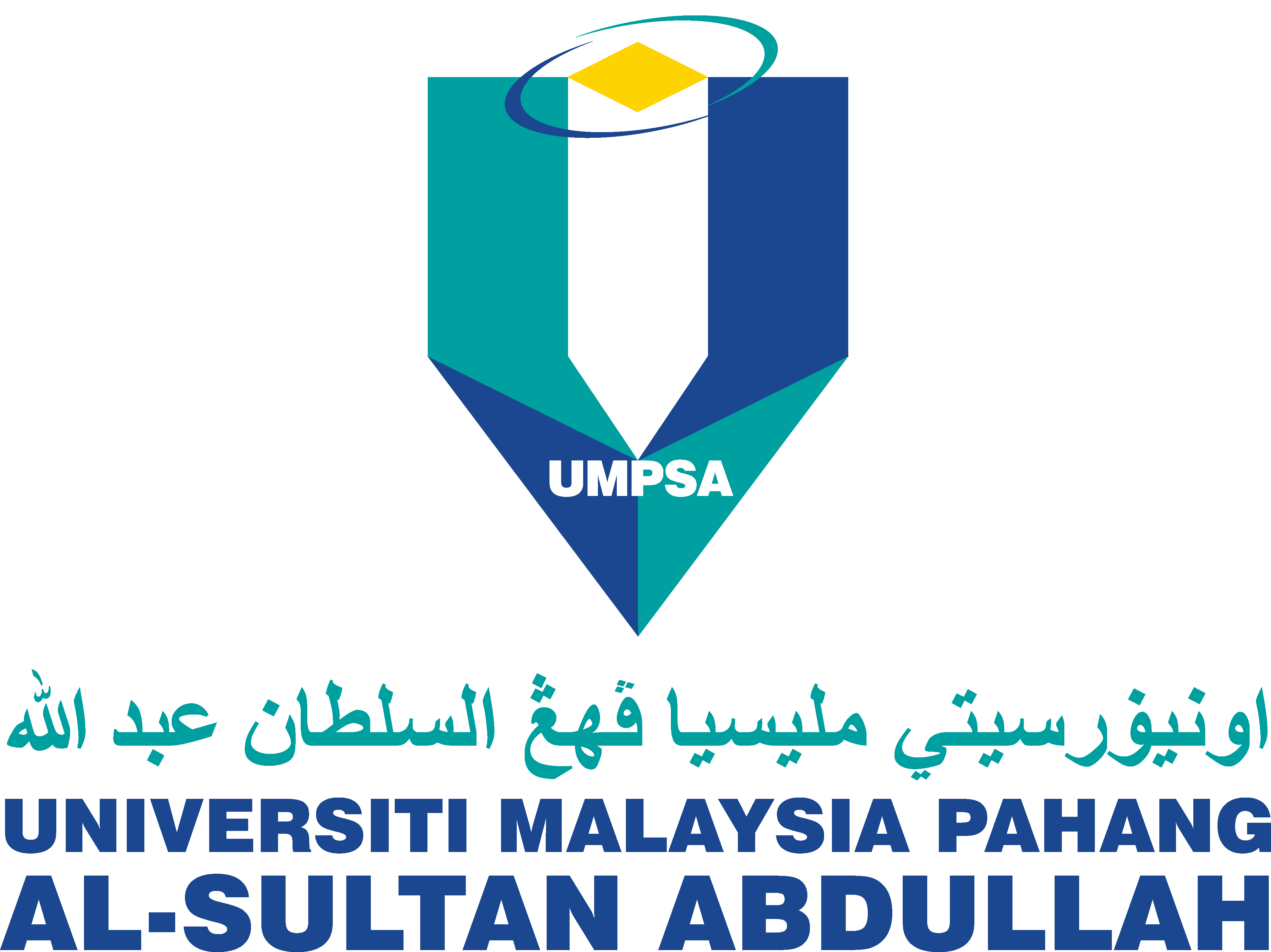STUDY ON THE IMPACT OF LINKAGE CAPABILITIES ON TECHNOLOGICAL COMPETITIVE ADVANTAGE AND FIRM PERFORMANCE IN THE AUTOMOTIVE INDUSTRY IN MALAYSIA
Keywords:
linkage capabilities, technological competitive advantage, firm performance, resource-based view, automotive industryAbstract
This paper concentrates on applying the resource-based view (RBV) of firms to explain performance in the automotive industry in Malaysia. Particularly, we established our research on the comprehensive framework of RBV and reviewed previous empirical researchers to examine the relationship between linkage capabilities (LC), technological competitive advantage and firm performance. Linkage capabilities were operationalized as a second-order construct with three components: internal linkage, external commercial linkage, and linkage with public research institutions, government agencies and association. The analysis is carried out by using data from 56 companies in the automotive industry in Malaysia. Data were analyzed applying partial least squares (PLS) technique. The results indicate that the linkage capabilities has a positive relationship to the technological competitive advantage and firm performance, however technological competitive advantage had no significant effect on firm performance and hence no mediation effect is established. Among three of first constructs of linkage capabilities, internal linkages found to have the strongest relationship with its higher-order construct (linkage capabilities) in Malaysian automotive industry. These findings have considerable implications for academics as well as practitioners. Finally, this study also provides directions for future research.
Downloads
Published
Issue
Section
License
Copyright (c) 2017 The Author(s)

This work is licensed under a Creative Commons Attribution-NonCommercial 4.0 International License.



